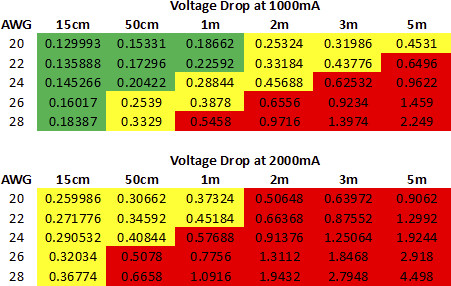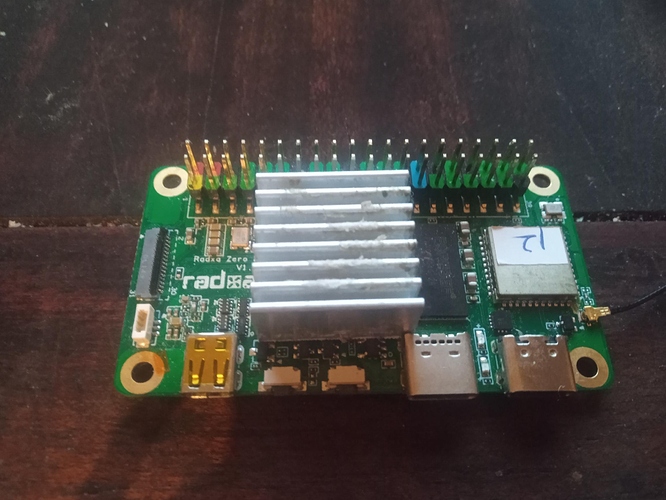I was sent a pre release to evaluate as I keep repeating, that is what I am doing, who are you to tell a community member what is or isn’t needed.
Its a bad product as its premium doesn’t fit its designed remit of ‘Zero’, it been stuck on hold because of this for months and now no longer is an intermediary product to the Rock5b as it will now be released after.
Its GPU historically across the internet never met expectations and having a 4gb single version where its premium negates the possibility of lower ram versions, where another soc will have to be used.
The format had to be changed so it is only zero in name and whilst a huge wealth of IO is lost to pigeon hole it in the most none Zero product ever.
I was sent a product to evaluate it it and I am evaluating it and as far as I am concerned my feedback to Radxa is its an absolute stinker on just about every level from concept, implementation, probable cost and likely performance.
That is my honest end evaluation of the product I was sent to evaluate and I have, it just has far too many chinks and flaws


